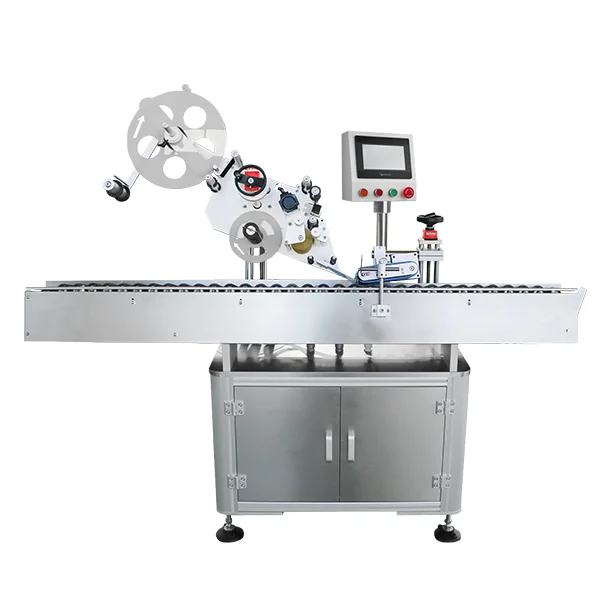When it comes to printing documents and images, color accuracy is paramount. However, many HP printer users encounter color problems that can lead to frustration and wasted resources. Whether you’re printing important business documents or cherished family photos, understanding how to fix color issues is essential. In this article, we will delve into the common causes of color problems in HP printers and provide a step-by-step guide to resolving them effectively.
Understanding the Common Color Problems
Before diving into solutions, it’s crucial to identify the types of color issues you might be facing. Common problems include:
- Inconsistent Color Output: Prints may appear faded, overly saturated, or have color imbalances.
- Color Misalignment: Colors may not align correctly, resulting in blurry or ghosted images.
- Color Bands or Stripes: Horizontal or vertical lines may appear in prints, disrupting the overall quality.
- No Color Printing: The printer may produce only black and white prints, even when color settings are selected.
Step-by-Step Troubleshooting Guide
- Check Ink Levels
The first step in addressing color problems is to check the ink levels in your HP printer. Low or empty cartridges can lead to poor color output. Here’s how to check:
- Via Printer Display: Most HP printers have a built-in display that shows ink levels.
- HP Smart App: Download the HP Smart app on your smartphone or computer to monitor ink levels remotely.
If any cartridges are low or empty, replace them with genuine HP ink cartridges to ensure optimal performance.
- Run the Printer’s Built-in Maintenance Tools
HP printers come equipped with maintenance tools designed to resolve common printing issues. Here’s how to access them:
- Print Quality Diagnostic Tool: This tool can help identify and fix color issues. Navigate to the printer settings on your computer, select “Tools,” and then “Print Quality Diagnostic.”
- Clean Printheads: Clogged printheads can lead to color misalignment and poor quality. Use the “Clean Printheads” option in the printer settings to clear any blockages.
- Adjust Color Settings
Sometimes, the issue may stem from incorrect color settings. Ensure that your printer settings are configured correctly:
- Check Color Mode: Make sure you are printing in color mode rather than grayscale. This can usually be adjusted in the print dialog box before printing.
- Color Management Settings: Access the color management settings on your computer. Ensure that the correct color profile is selected for your printer.
- Perform a Printhead Alignment
Misalignment of the printhead can cause color issues. To align the printhead:
- Access Printer Settings: Go to the printer settings on your computer.
- Select “Align Printheads”: Follow the on-screen instructions to complete the alignment process. This will help ensure that colors are printed accurately.
- Update Printer Drivers
Outdated or corrupted printer drivers can lead to various printing issues, including color problems. To update your drivers:
- Visit the HP Support Website: Go to the official HP support page and enter your printer model.
- Download the Latest Drivers: Follow the instructions to download and install the latest drivers for your printer.
- Check for Software Conflicts
Sometimes, third-party software can interfere with printing. To troubleshoot:
- Disable Third-Party Applications: Temporarily disable any third-party applications that may be affecting print jobs.
- Use HP Print and Scan Doctor: This free tool can diagnose and fix common printing issues, including color problems.
Conclusion
Color problems on your HP printer can be frustrating, but with the right troubleshooting steps, you can restore vibrant and accurate prints. By checking ink levels, utilizing built-in maintenance tools, adjusting color settings, performing printhead alignment, updating drivers, and checking for software conflicts, you can effectively resolve these issues. Remember, regular maintenance and using genuine HP supplies will not only enhance print quality but also prolong the life of your printer. If problems persist after following these steps, consider reaching out to HP customer support for further assistance. Happy printing!



